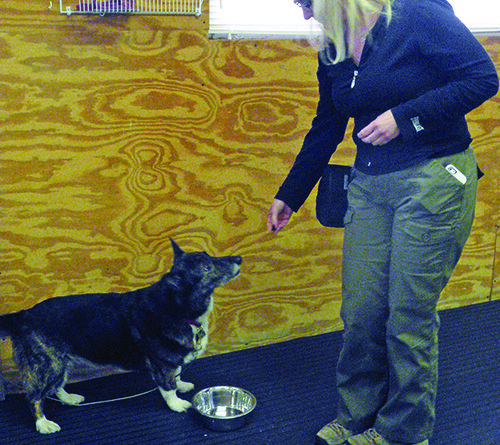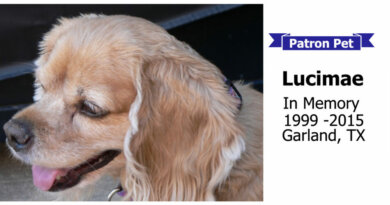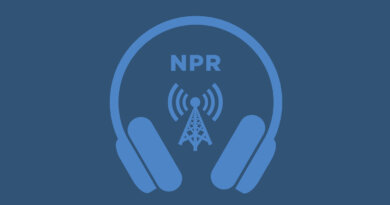The “I Come In Peace” Guarding-Modification Protocol
This guarding-modification protocol, created by my friend and fellow trainer Kelly Fahey, owner of The DogSmith of Hunterdon in Pittstown, New Jersey, is a simple protocol that can be used by shelters, people who have adopted dogs who showed guarding behavior in the shelter or whose dogs started guarding in their new home, and by any dog owner with a guardy dog. When done properly, it teaches the dog that a person approaching means more good stuff is coming, helping to dispel the dog’s notion that the person might take her good stuff away.
The procedures should be undertaken by one person at first, then generalized to others.
As always, when modifying behavior, we want to remove as many opportunities for the dog to practice the unwanted behavior as possible. If a dog in a shelter is being “guardy” as visitors pass by, she is at risk of being triggered by every passerby, and her behavior will worsen. If possible, such a dog would benefit from being moved to a kennel in a ward without public access and brought out to be shown to potential adopters who seem like a good match.
Note: If at any time you elicit a growl or other guarding behavior, you are too close and/or have proceeded too quickly.
1. Tether the dog to an eye bolt affixed to the wall for that purpose, or to a solid, heavy object. Give her a valuable chew object (not a Kong – it will roll out of her reach) or a small bowl of food.
2. Have a good supply of high-value treats that you can toss easily. (Chicken does not work well for this – it’s too messy and hard to accurately toss.) Small bits of cheese or meat work well.
3. Walk past the dog at a safe distance. Depending on the dog, this may be six to eight feet beyond the end of the tether, or it may be closer. As you pass, toss several high-value treats near the bowl or chewy, where she can easily reach them. Keep walking; do not pause to toss. If the dog growls, lunges, or shows other obvious guarding behavior, you are too close.
4. Repeat Step 3 until, as you approach, you see the dog starting to look up in happy anticipation of the treats she expects you to toss. When she does this consistently, decrease the distance between yourself and the dog by a few inches as you pass by.
5. As long as she is consistently happy at each new distance, continue passing by and dropping treats, gradually getting closer to her when you pass.
6. When she is happy with you walking past at a distance close enough to touch her, pause as you pass and feed a treat from your hand. Then walk on.
7. When she stays happy with your pause-and-feed, gradually increase the length of time that you pause and feed her treats. The increase should be no more than 1 to 2 seconds. As you increase the length of your pause, start talking in a happy voice as you feed her the treats.
8. When you can pause for about 10 seconds and she stays happy, occasionally bend slightly and drop a treat into the bowl or next to her chewy, then feed some more from your hand and walk on.
9. Repeat, gradually increasing the number of times you bend and drop.
10. Now, gradually increase how much you bend over until you can touch the bowl or chewy. Remember, if you see any sign of tension you have moved too quickly. Back up a few steps and continue more slowly from there.
11. Finally, as you are pausing, bending, and feeding, occasionally play the Trade game, always returning the bowl or object to her after she has happily allowed you to take it.
12. Now, start the protocol over again at Step 1 with another staff member, volunteer, or reliable family member. Continue until the dog is comfortable with a variety of people approaching her. Repeat the process with any new family friends or shelter visitors that can follow your directions, always starting with Step 1.




